Tips and Tricks to Improve Your Sewing Skills
Welcome to the wonderful world of sewing! Whether you're a seasoned pro or just starting out, enhancing your sewing skills can be an incredibly rewarding journey. Imagine the satisfaction of creating your own garments, home decor, or even gifts for loved ones. This article provides essential tips and tricks for both beginners and experienced sewists to enhance their sewing skills, from mastering techniques to choosing the right tools for various projects. So, grab your fabric and let’s dive into the art of sewing!
Grasping the fundamental concepts of sewing is crucial for success. Every sewist should be familiar with a few essential tools, fabric types, and basic stitches. Think of these as the building blocks of your sewing knowledge. You wouldn't build a house without a solid foundation, right? Similarly, understanding these basics will ensure that your sewing projects turn out beautifully. Essential tools include sewing machines, scissors, pins, and measuring tapes. Moreover, knowing the different types of fabrics—like cotton, linen, and polyester—will help you choose the right material for your projects. And let’s not forget about basic stitches such as the straight stitch, zigzag stitch, and backstitch, which are vital for any sewing endeavor.
Selecting the appropriate fabric can make or break a project. It’s like choosing the right ingredients for a recipe; the outcome heavily relies on your choices. Here, we will discuss how to choose fabrics based on your skill level and the intended use of the garment. For beginners, starting with cotton is often recommended due to its ease of handling and forgiving nature. On the other hand, more experienced sewists might want to experiment with fabrics like silk or knit, which can add a touch of sophistication to their creations.
Different fabric types have unique characteristics that affect sewing techniques. Understanding these differences can save you time and frustration. For instance, woven fabrics, such as cotton and linen, have a different stretch and drape compared to knit fabrics, which are more elastic. Here’s a quick overview of some common fabrics:
| Fabric Type | Characteristics | Best Uses |
|---|---|---|
| Cotton | Soft, breathable, easy to sew | Shirts, dresses, quilting |
| Linen | Strong, absorbent, wrinkles easily | Summer clothing, tablecloths |
| Silk | Luxurious, slippery, delicate | Formal wear, scarves |
| Polyester | Durable, wrinkle-resistant, versatile | Activewear, home decor |
Understanding the differences between natural and synthetic fabrics can significantly influence your choice. Natural fabrics, like cotton and wool, are breathable and comfortable but may require more care. On the flip side, synthetic fabrics like polyester are often more durable and easier to maintain. However, they may not be as breathable as their natural counterparts. When deciding between the two, consider the end use of your project and how much care you're willing to invest.
The weight and drape of fabric play significant roles in garment construction. Lighter fabrics, such as chiffon, are perfect for flowing dresses, while heavier fabrics like denim are ideal for structured garments. When you choose a fabric, think about how it will fall when worn. Will it hug the body or flow gracefully? This consideration can help you achieve the desired look for your project.
Mastering key sewing techniques can significantly improve your work. From basic seams to advanced methods, knowing the right techniques can elevate your sewing projects. For example, learning how to properly finish seams can prevent fraying and give your garments a professional touch. Techniques like topstitching and using bias tape can also enhance the overall appearance of your work.
Having the right tools is vital for any sewing project. Imagine trying to bake a cake without the right utensils; it just wouldn’t work! This section will outline must-have tools and gadgets that can streamline your sewing process and improve outcomes. Essential tools include a reliable sewing machine, fabric scissors, rotary cutters, and an array of sewing needles.
Quality tools can enhance your sewing experience and results. Investing in a good sewing machine can make a world of difference in your sewing projects. It’s like having a trusty companion that makes the journey smoother and more enjoyable. Reliable tools not only improve your efficiency but can also lead to better results in your finished projects.
An organized workspace can boost productivity and creativity. Think of your sewing area as your creative sanctuary. A clutter-free environment allows you to focus on your projects without distractions. Consider using storage bins, pegboards, and designated areas for different tools to maintain an efficient sewing area. This organization will not only save you time but will also inspire you to create more!
- What is the best fabric for beginners? Cotton is often recommended due to its ease of handling.
- How can I improve my sewing skills? Practice regularly and try new techniques to challenge yourself.
- What tools do I need to start sewing? A sewing machine, scissors, pins, and measuring tape are essential.
- How do I choose the right sewing machine? Consider your sewing needs, budget, and features that are important to you.
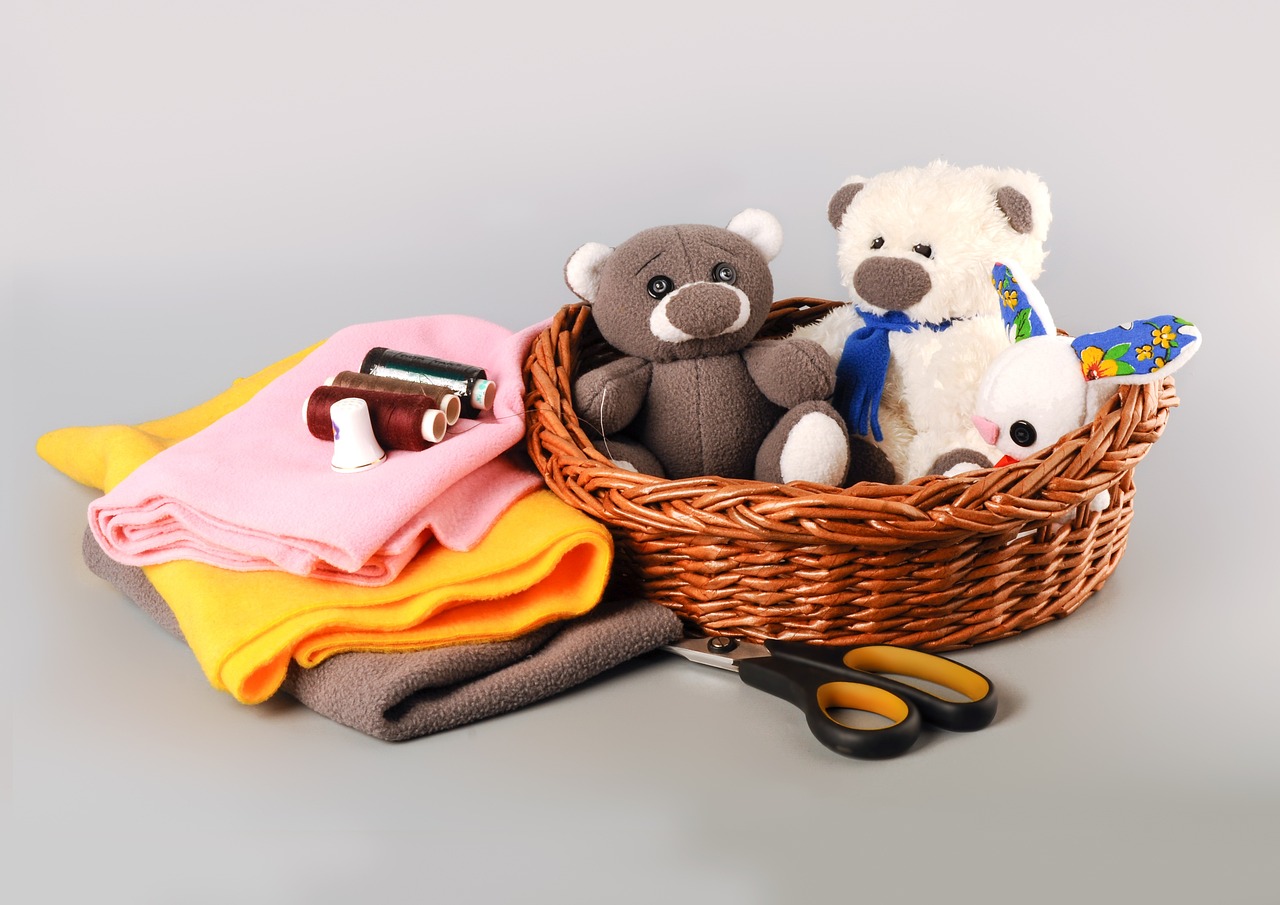
Understanding Sewing Basics
Grasping the fundamental concepts of sewing is crucial for success, whether you’re just starting out or looking to refine your skills. At its core, sewing is not just about putting fabric pieces together; it’s about understanding how different components work in harmony to create something beautiful. To kick things off, let’s dive into the essential tools you’ll need. A good sewing machine is your best friend, but don’t forget about the basics like scissors, pins, and measuring tapes. Each of these tools plays a vital role in ensuring your projects are not only successful but enjoyable.
Next, let’s talk about fabric types. The world of fabric is vast and varied, with options ranging from cotton to silk, and each type has its unique characteristics that can make or break your project. When you’re selecting fabric, consider what you want to create. For instance, if you’re making a summer dress, a lightweight cotton or linen might be ideal. On the other hand, if you’re sewing a cozy winter jacket, you’ll want something heavier, like wool or a thick cotton blend.
Now, let’s not forget about basic stitches. Mastering a few fundamental stitches can significantly elevate your sewing game. The most common stitches include:
- Straight Stitch: The backbone of sewing, perfect for seams.
- Zigzag Stitch: Great for preventing fraying and adding stretch.
- Backstitch: Known for its strength, ideal for seams that need extra durability.
Once you’re comfortable with these stitches, you can start experimenting with more advanced techniques like French seams or bias binding, which can add a professional touch to your projects.
Understanding the basics of sewing also means knowing how to care for your fabric. Pre-washing your fabric is essential to prevent shrinkage and color bleeding after your project is complete. Additionally, pressing your fabric before cutting can help you achieve more accurate measurements and cleaner lines, ensuring that your finished product looks polished.
In summary, mastering the basics of sewing involves familiarizing yourself with essential tools, understanding different fabric types, and practicing basic stitches. By taking the time to learn these foundational elements, you’ll set yourself up for success in your sewing journey, making the process not only easier but also more enjoyable. So, roll up your sleeves, gather your tools, and let’s get sewing!
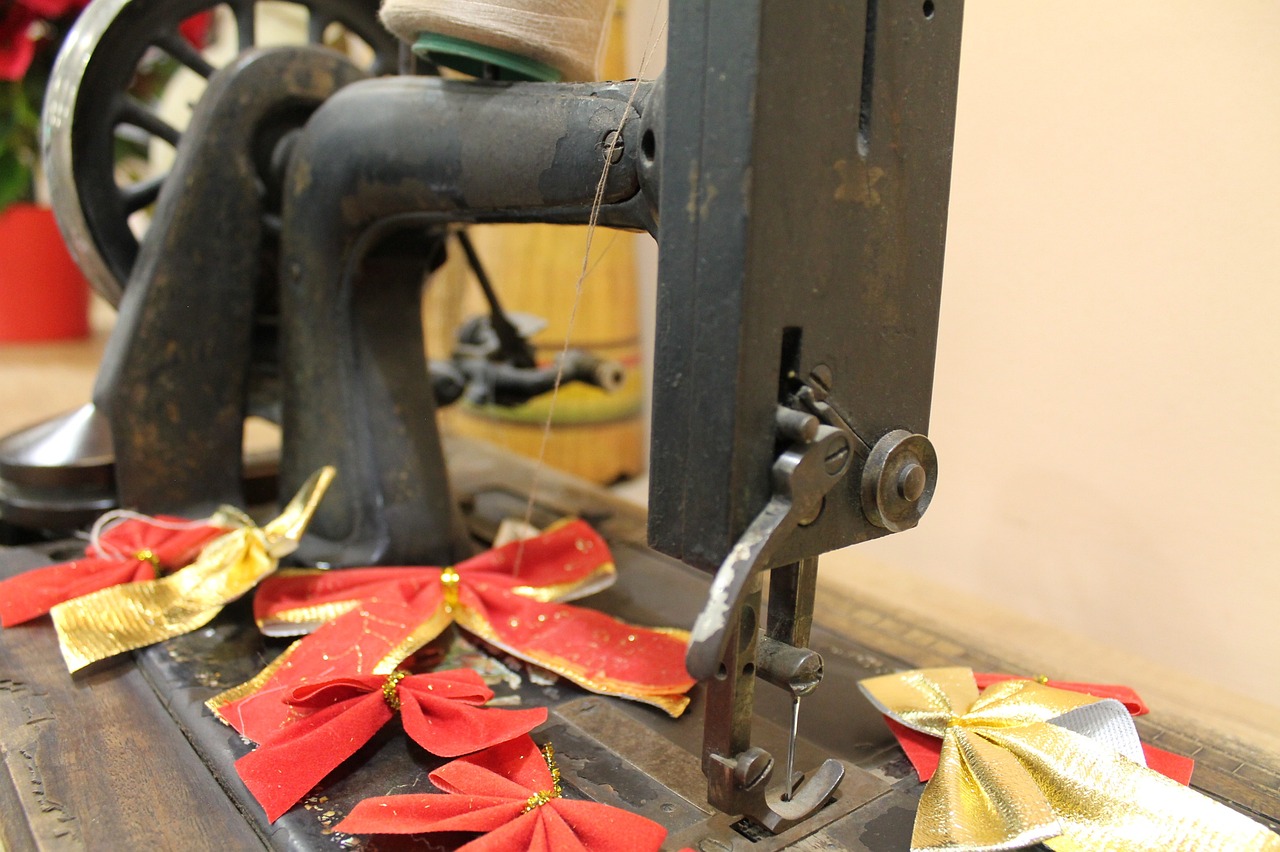
Choosing the Right Fabric
When it comes to sewing, one of the most crucial decisions you'll make is . It's a bit like picking the right paint for a masterpiece; the fabric can set the tone for your entire project. Not only does the fabric affect the look and feel of your finished piece, but it also influences how easy or challenging the sewing process will be. So, how do you navigate this fabric jungle? Let's break it down!
First, consider your skill level. If you're just starting out, it might be wise to stick to fabrics that are forgiving and easy to work with. Cotton, for example, is a fantastic choice for beginners. It's widely available, comes in a myriad of colors and patterns, and is relatively easy to sew. On the other hand, if you're a more experienced sewist looking for a challenge, you might want to experiment with fabrics like silk or chiffon, which require more finesse and technique.
Next, think about the intended use of your garment. Are you making a cozy winter jacket or a breezy summer dress? The purpose of the item will heavily influence your fabric choice. For instance, heavier fabrics like wool or denim are perfect for outerwear, while lighter fabrics like linen or rayon are ideal for summer garments. Remember, the right fabric can make your project not only look good but also function well!
To help you visualize this better, here's a quick table summarizing some common fabric types and their best uses:
| Fabric Type | Best Uses |
|---|---|
| Cotton | Shirts, dresses, quilting |
| Silk | Formal wear, blouses, scarves |
| Denim | Jeans, jackets, bags |
| Linen | Summer clothing, tablecloths |
| Wool | Coats, sweaters, blankets |
Another factor to consider is the fabric weight and drape. These characteristics affect how a fabric behaves when sewn and worn. Lightweight fabrics tend to flow and drape beautifully, making them suitable for garments that require movement, like dresses and blouses. Conversely, heavier fabrics provide structure, ideal for tailored pieces like jackets and trousers. When choosing fabric, always consider how it will fall on the body and whether it will enhance or detract from your design.
In summary, selecting the right fabric is a blend of personal choice and practical considerations. Take your time to explore different types, feel their textures, and imagine how they will transform into your next sewing project. After all, the fabric is the canvas for your creativity, so choose wisely!
- What fabric is best for beginners? Cotton is highly recommended for beginners due to its ease of use and versatility.
- How do I know if a fabric is suitable for my project? Consider the fabric's weight, drape, and intended use to determine its suitability.
- Can I mix different fabric types in one project? Yes, but be mindful of how different fabrics will behave together. Ensure they have similar care instructions and drape.
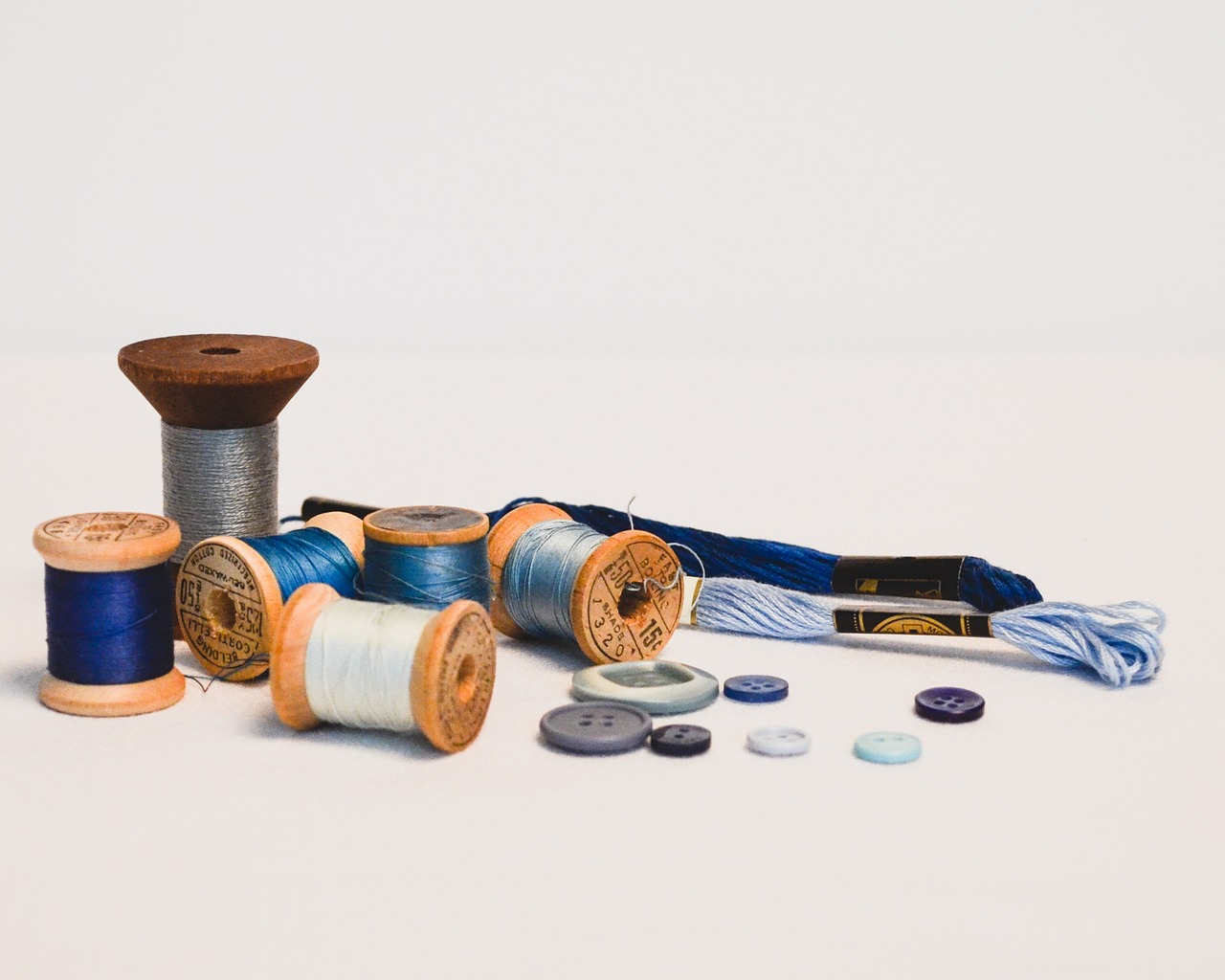
Fabric Types Explained
When it comes to sewing, understanding fabric types is like knowing the different instruments in an orchestra; each one plays a unique role in creating a harmonious final product. Different fabrics have distinct characteristics that can significantly affect how you sew and how your finished garment looks and feels. For example, some fabrics are more forgiving and easier to work with, while others may require a bit more finesse. Let’s dive into some common fabric types and their best uses to help you make informed choices in your sewing projects.
First up, we have cotton. This fabric is a staple in the sewing world due to its versatility and ease of use. It comes in various weights and prints, making it perfect for everything from quilts to summer dresses. Cotton is breathable, durable, and can hold its shape well, which makes it a favorite among beginners. However, it can wrinkle easily, so keep that in mind when choosing your project.
Next on our list is linen. Known for its natural luster and breathable qualities, linen is an excellent choice for warm-weather garments. It drapes beautifully, giving a relaxed and elegant look to any outfit. However, it does have a tendency to wrinkle, much like cotton, but many sewists embrace this characteristic as part of its charm. If you’re looking for a fabric that ages beautifully and gets softer with each wash, linen should be on your radar.
Then we have polyester, a synthetic fabric that is often blended with natural fibers to enhance durability and reduce wrinkling. Polyester is great for garments that need to withstand wear and tear, making it a popular choice for activewear. This fabric is also less expensive than natural fibers and comes in a wide range of colors and patterns. However, it may not be as breathable as cotton or linen, so consider this when selecting fabric for summer clothing.
Another fabric worth mentioning is silk. This luxurious material is known for its soft texture and beautiful drape. Silk can elevate any sewing project, but it can also be tricky to work with due to its slippery nature. It's best suited for advanced sewists who have a solid grasp of sewing techniques. If you’re up for the challenge, silk can result in stunning garments that feel incredible against the skin.
Lastly, let’s talk about knit fabrics. These stretchy fabrics are perfect for casual wear, like t-shirts and leggings. The elasticity of knit allows for comfortable movement, making them ideal for everyday clothing. However, sewing with knits requires a different approach, including the use of special needles and stitches to ensure a professional finish. If you’re ready to explore the world of stretch fabrics, knits can open up a whole new realm of sewing possibilities.
In summary, understanding the various fabric types can greatly influence your sewing experience. Each fabric has its own set of characteristics that can either simplify or complicate your project. By choosing the right fabric for your skill level and the intended use of your garment, you’ll not only enhance your sewing skills but also create pieces that you can be proud of.
Now that we've explored the fabric types, you might be wondering how to select the right one for your next project. Remember, the key is to consider the project's purpose, your skill level, and the desired outcome. With this knowledge in hand, you're well on your way to becoming a more confident and skilled sewist!
- What is the best fabric for beginners? Cotton is highly recommended for beginners due to its ease of use and versatility.
- Can I use any needle for all fabric types? No, different fabrics require specific needle types. For instance, use a ballpoint needle for knits and a sharp needle for woven fabrics.
- How do I know if a fabric is suitable for my project? Consider the fabric's weight, drape, and stretch, and match it to the garment's style and function.
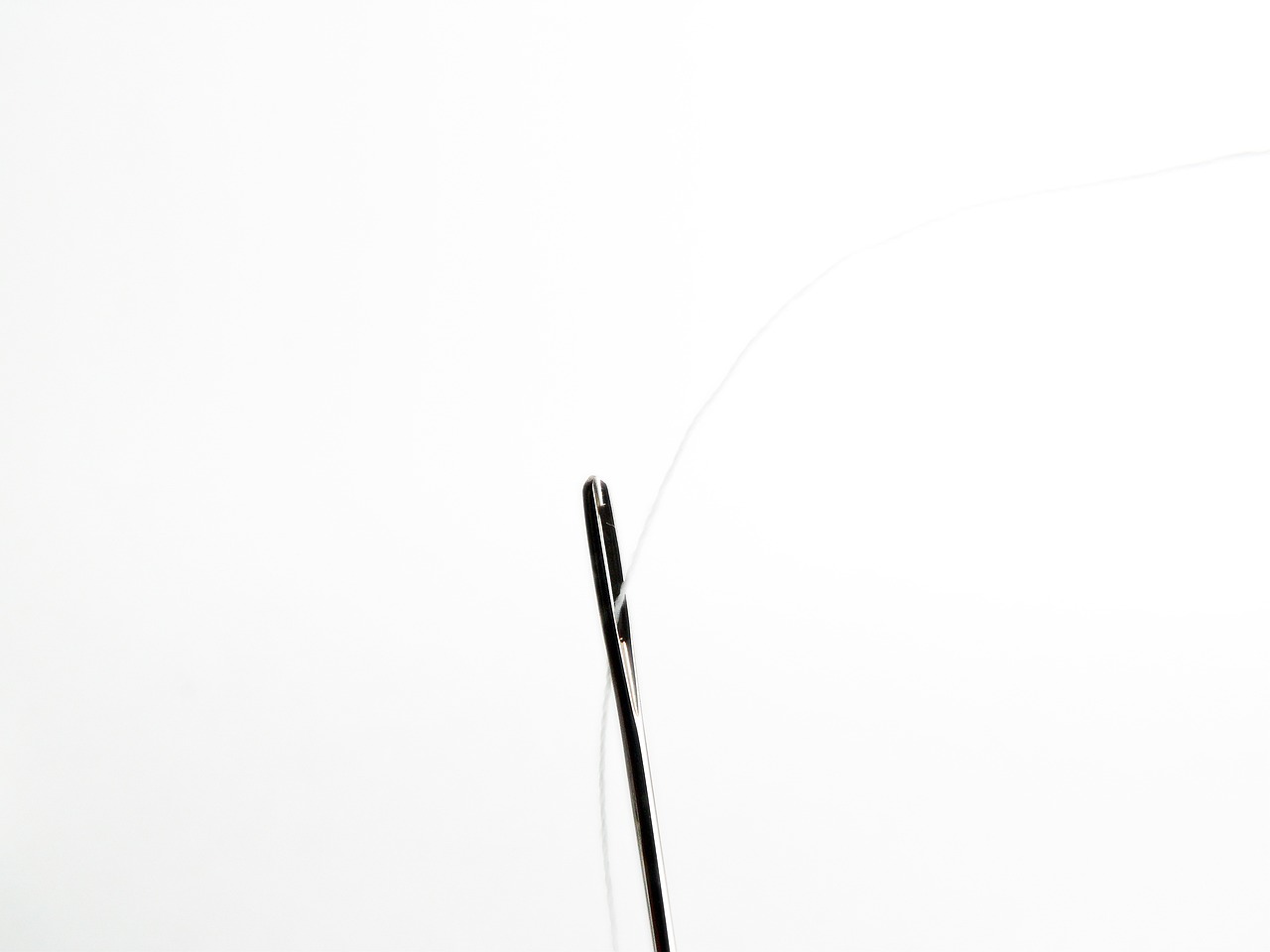
Natural vs. Synthetic Fabrics
When diving into the world of sewing, one of the most pivotal decisions you'll face is choosing between natural and synthetic fabrics. Each type has its own unique set of characteristics that can significantly influence the outcome of your projects. Understanding these differences can empower you to make informed choices that enhance your sewing experience and the final product.
Natural fabrics, such as cotton, linen, and silk, are derived from plants and animals. These fabrics are often celebrated for their breathability, softness, and comfort. For instance, cotton is incredibly versatile and is perfect for everything from casual wear to quilts. Linen, on the other hand, is known for its durability and is ideal for warm-weather garments due to its excellent moisture-wicking properties. Silk, while luxurious, requires a bit more care and expertise to sew, but the stunning results are often worth the effort.
On the flip side, we have synthetic fabrics, which are man-made and include materials like polyester, nylon, and spandex. These fabrics are often designed to mimic natural fibers but come with added benefits such as increased durability, stain resistance, and elasticity. For example, polyester is a popular choice for activewear because it can wick moisture away from the body while maintaining its shape. However, some sewists find synthetic fabrics can be trickier to work with, as they may slip or stretch during sewing.
To help you better understand the distinctions, here’s a quick comparison:
| Fabric Type | Pros | Cons |
|---|---|---|
| Natural Fabrics |
|
|
| Synthetic Fabrics |
|
|
Ultimately, the choice between natural and synthetic fabrics will depend on the specific project you have in mind and your personal preferences. If you’re creating a cozy quilt for a loved one, natural fabrics might be the way to go. However, if you’re designing a sporty outfit, synthetic materials could be more suitable. By understanding the characteristics of each fabric type, you can choose wisely and elevate your sewing projects to new heights!
Q: Can I mix natural and synthetic fabrics in one project?
A: Absolutely! Many sewists mix fabrics to take advantage of the strengths of both types. Just be mindful of how they behave together, especially in terms of washing and care.
Q: Are synthetic fabrics less expensive than natural fabrics?
A: Generally, yes. Synthetic fabrics tend to be more affordable due to lower production costs, but prices can vary based on the brand and quality.
Q: Which fabric is easier to sew?
A: Natural fabrics like cotton are often considered easier to sew, especially for beginners. However, with practice, many sewists find ways to manage synthetic fabrics effectively.
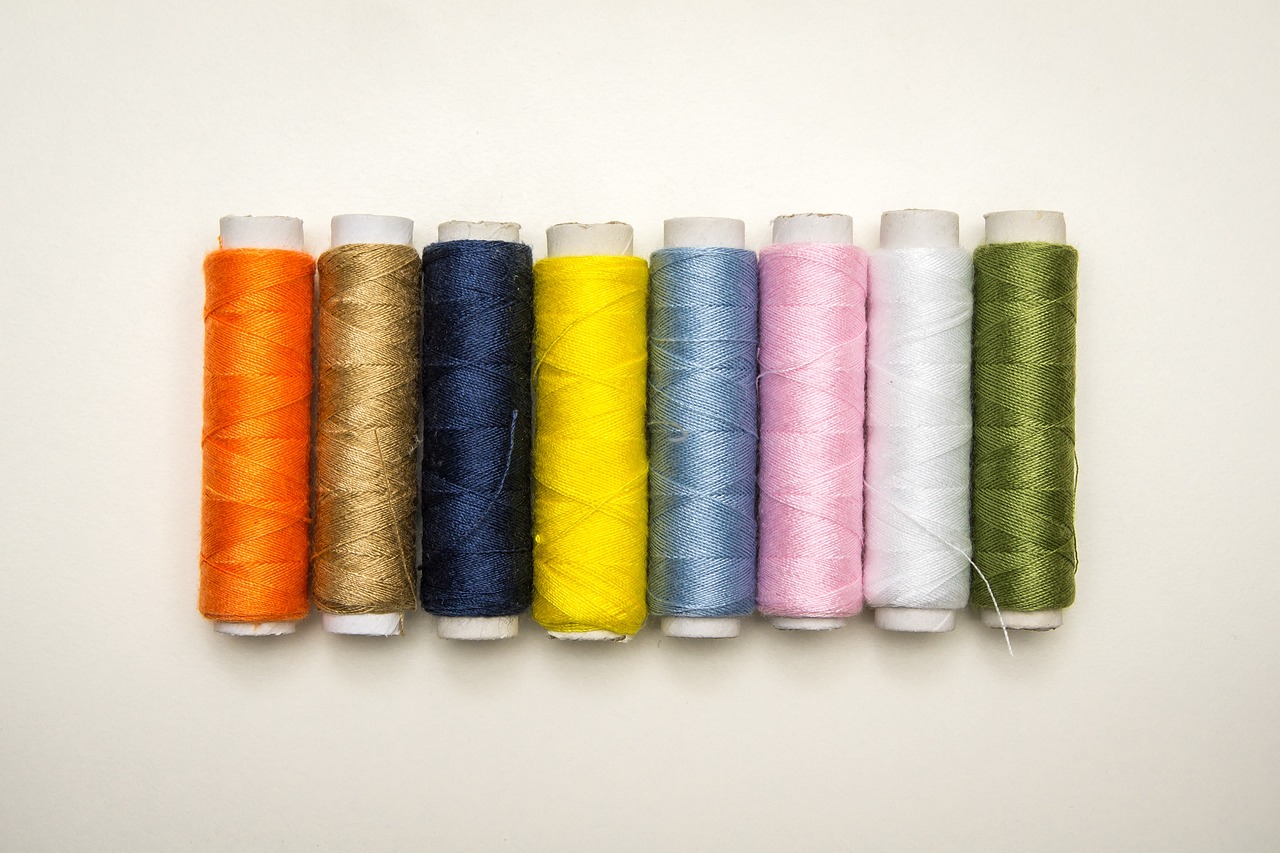
Fabric Weight and Drape
When diving into the world of sewing, understanding fabric weight and drape is essential for achieving the desired look and feel of your projects. Fabric weight is typically measured in grams per square meter (GSM), which indicates how heavy or light a fabric is. For instance, a lightweight fabric like chiffon may weigh around 60-100 GSM, making it perfect for flowing garments, while a heavier fabric like denim can weigh upwards of 400 GSM, ideal for structured pieces like jackets and pants. This distinction is crucial because the weight of the fabric influences not only the final garment's appearance but also its comfort and functionality.
Drape, on the other hand, refers to how a fabric falls and moves when worn. A fabric's drape can completely transform a garment's silhouette. For example, fabrics with a soft drape, such as silk or jersey, tend to cling to the body and create a flattering, flowing effect. In contrast, fabrics with a stiff drape, like taffeta or canvas, hold their shape and can add volume to a design. Understanding the interplay between weight and drape allows sewists to select the right fabric for their specific project, ensuring that the final product not only looks good but also feels great when worn.
To help visualize the differences in fabric weight and drape, consider the following table:
| Fabric Type | Weight (GSM) | Drape | Best Uses |
|---|---|---|---|
| Chiffon | 60-100 | Soft | Evening wear, blouses |
| Silk | 80-120 | Soft | Dresses, scarves |
| Denim | 400+ | Stiff | Pants, jackets |
| Taffeta | 150-300 | Stiff | Formal wear, linings |
As you embark on your sewing journey, keep in mind that the right combination of fabric weight and drape will not only enhance the aesthetic of your project but also ensure it functions as intended. So, the next time you're browsing through fabric stores or online shops, take a moment to consider how the fabric's weight and drape will impact your design. After all, choosing the right fabric is like selecting the perfect paint for a masterpiece; it can make all the difference!
- What is the best fabric for beginners? Lightweight cotton is often recommended for beginners due to its ease of handling and versatility.
- How do I know if a fabric has good drape? You can test drape by holding the fabric and allowing it to fall naturally. Observe how it flows and whether it clings or holds its shape.
- Can I mix different fabric weights in one project? Yes, but be cautious! Mixing weights can create interesting designs, but it may also lead to challenges in construction and fit.
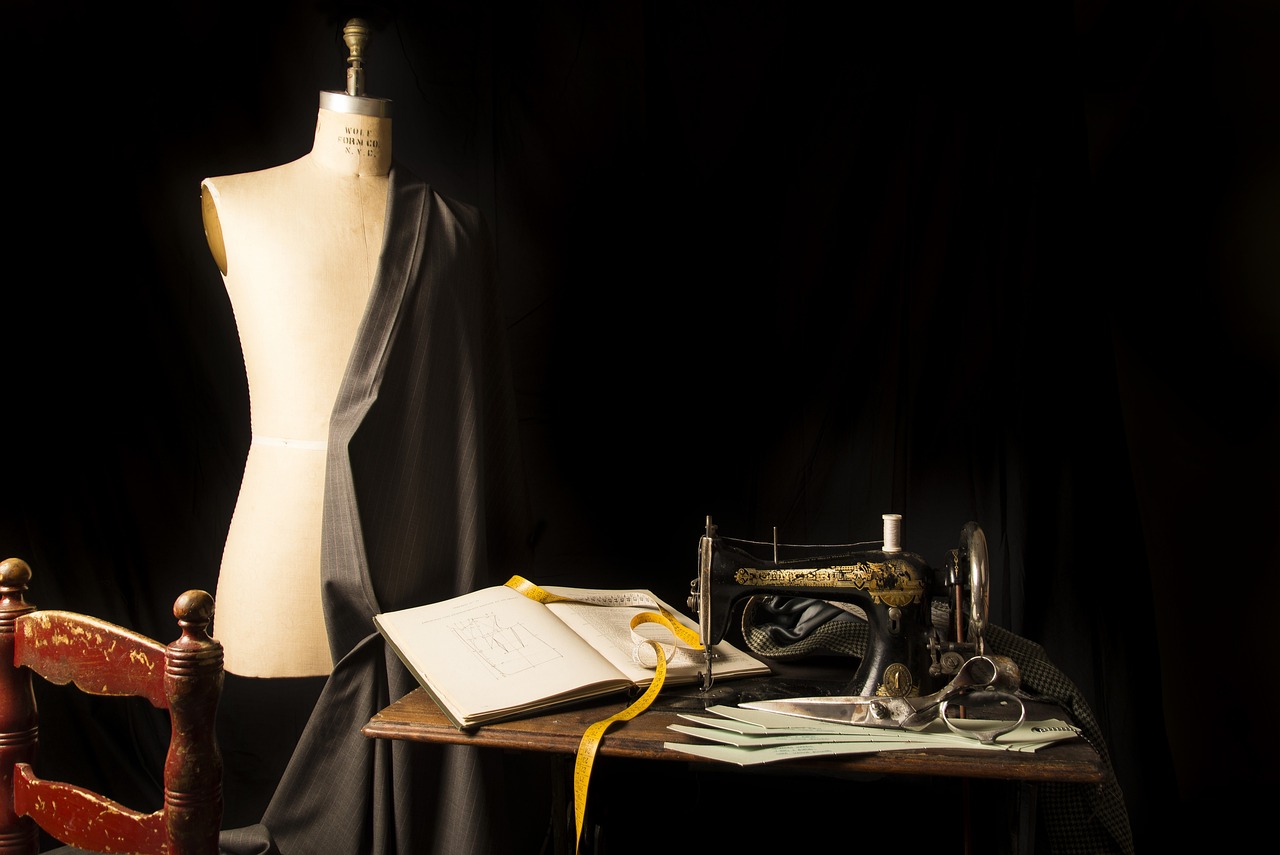
Essential Sewing Techniques
Sewing is both an art and a science, and mastering essential techniques can truly elevate your projects from ordinary to extraordinary. Whether you’re a beginner just starting out or an experienced sewist looking to refine your skills, understanding these fundamental techniques is crucial. One of the first techniques to master is the basic seam. This is the backbone of most sewing projects and involves stitching two pieces of fabric together. Sounds simple, right? But the way you execute this can make all the difference. A well-stitched seam can mean the difference between a garment that holds up over time and one that falls apart after a few wears.
Next up is the zigzag stitch, which is essential for finishing raw edges and preventing fraying. This technique is particularly useful when working with knit fabrics or any material that tends to stretch. It’s like giving your fabric a cozy hug, ensuring it doesn’t unravel at the seams. As you get comfortable with these basic stitches, you can start exploring more advanced techniques such as French seams or flat-felled seams. These not only provide a professional finish but also add durability to your projects. Think of them as the secret sauce that can take your sewing from homemade to haute couture!
Another vital technique is topstitching, which can add both function and flair to your garments. It’s like the icing on the cake, giving your project a polished look while also reinforcing seams. Plus, it’s a great way to showcase your creativity with contrasting thread colors. Don’t overlook the importance of pressing your seams as you sew; it’s a game-changer! Pressing helps to set your stitches and gives your fabric a crisp, professional finish. It’s just like how a good haircut looks even better after a little styling!
As you dive deeper into sewing, consider experimenting with techniques like gathering and pleating. These techniques can add volume and texture to your projects, transforming a simple design into something spectacular. Gathering is often used in skirts or blouses to create a fuller look, while pleating adds a structured element to garments. Both techniques require a bit of practice but can yield stunning results that will wow your friends and family.
Finally, let’s talk about the importance of finishing techniques. Techniques such as serging or using bias tape can help give your projects a clean finish. These are often the unsung heroes of sewing, working behind the scenes to ensure that your garments not only look good but also last longer. Think of them as the foundation of a house; without a solid base, everything else can crumble!
In summary, mastering essential sewing techniques is key to becoming a proficient sewist. From basic seams to advanced finishing techniques, each skill you acquire adds a new layer of depth to your sewing repertoire. Remember, practice makes perfect, so don’t hesitate to experiment and make mistakes along the way. After all, every stitch is a step toward becoming the sewist you aspire to be!
- What is the best way to learn sewing techniques?
Practice regularly, watch tutorials, and don’t hesitate to ask for help from more experienced sewists. - How can I improve my sewing skills?
Focus on mastering one technique at a time, and challenge yourself with new projects that push your boundaries. - Are there any tools that can help with sewing techniques?
Yes! Tools like seam rippers, fabric scissors, and pressing tools can greatly enhance your sewing experience.
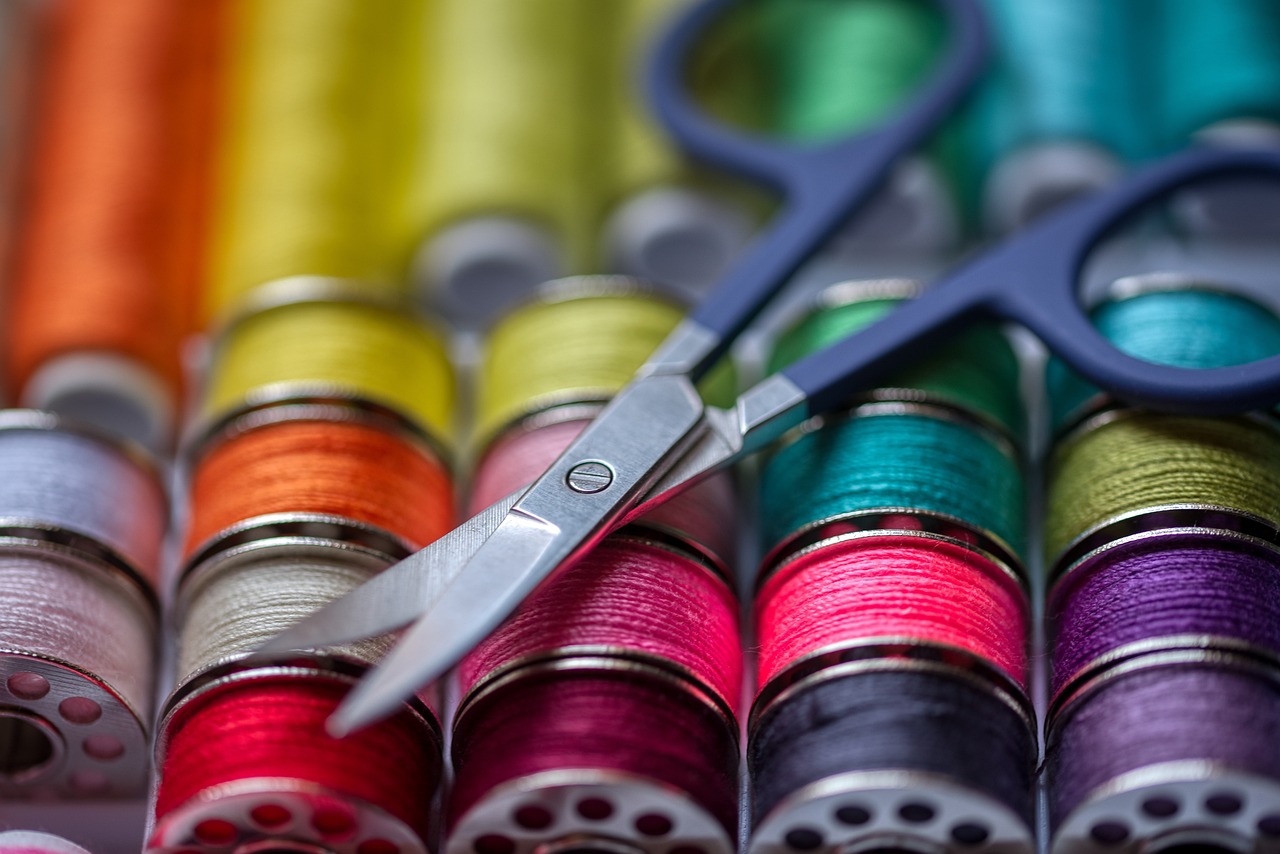
Tools for Successful Sewing
Having the right tools is absolutely vital for any sewing project. Imagine trying to bake a cake without measuring cups or a mixer; it just wouldn’t turn out right! Similarly, the right sewing tools can make the difference between frustration and a beautifully finished project. Whether you’re a beginner just starting out or an experienced sewist looking to refine your craft, understanding the essential tools can elevate your sewing experience.
First and foremost, let’s talk about the **sewing machine**. This is the heart of your sewing endeavors. Investing in a quality machine that suits your needs can save you time and effort. Look for features that match your skill level, such as automatic threading and a variety of stitch options. Remember, a machine that feels comfortable to use will inspire you to create more. If you're just starting out, a basic model will suffice, but as you advance, you might want to consider a machine with more functionalities.
Next up, **fabric scissors** are a must-have. A good pair of scissors can cut through fabric like butter, ensuring clean edges and precise cuts. Avoid using your fabric scissors for anything other than fabric to keep them sharp. Alongside scissors, rotary cutters can be a game-changer, especially for cutting multiple layers of fabric. They allow for swift and accurate cuts, making your sewing projects smoother and more enjoyable.
Don’t forget about **pins and clips**! These little tools are essential for holding your fabric together as you sew. While traditional sewing pins are great, consider investing in some fabric clips as well. They can be particularly useful for thicker fabrics where pins might struggle. And let’s not overlook the importance of a **seam ripper**. Mistakes happen; it’s part of the learning process. A seam ripper will be your best friend when you need to undo those pesky stitches without damaging your fabric.
Now, let’s dive into the world of **measuring tools**. Accurate measurements are crucial in sewing, so having a reliable tape measure and a clear ruler is non-negotiable. A clear ruler can help you create straight lines and accurate hems, while a flexible tape measure is perfect for taking body measurements or working with curved edges. You might also want to consider a **cutting mat** to protect your surfaces and extend the life of your blades.
Finally, let’s discuss the importance of **organizing your sewing space**. An organized workspace not only boosts productivity but also sparks creativity. Make sure your tools are easily accessible. Consider investing in storage solutions like bins or pegboards to keep everything in its place. When your tools are organized, you’ll find it much easier to focus on your projects instead of hunting for that elusive pair of scissors!
In summary, the right tools can transform your sewing journey from a daunting task into a delightful hobby. From sewing machines to scissors, and measuring tools to organizational aids, each plays a pivotal role in ensuring your projects turn out beautifully. Remember, investing in quality tools is an investment in yourself and your craft!
- What basic tools do I need to start sewing? You’ll need a sewing machine, scissors, pins, measuring tape, and fabric to begin your sewing journey.
- How do I choose the right sewing machine? Consider your skill level, the types of projects you want to tackle, and your budget when selecting a sewing machine.
- What is the best way to organize my sewing space? Use storage bins, pegboards, and designated areas for different tools to keep your workspace clutter-free and efficient.
- How often should I replace my sewing tools? It depends on usage, but generally, you should replace scissors and cutting blades when they become dull, and sewing machines should be serviced regularly.
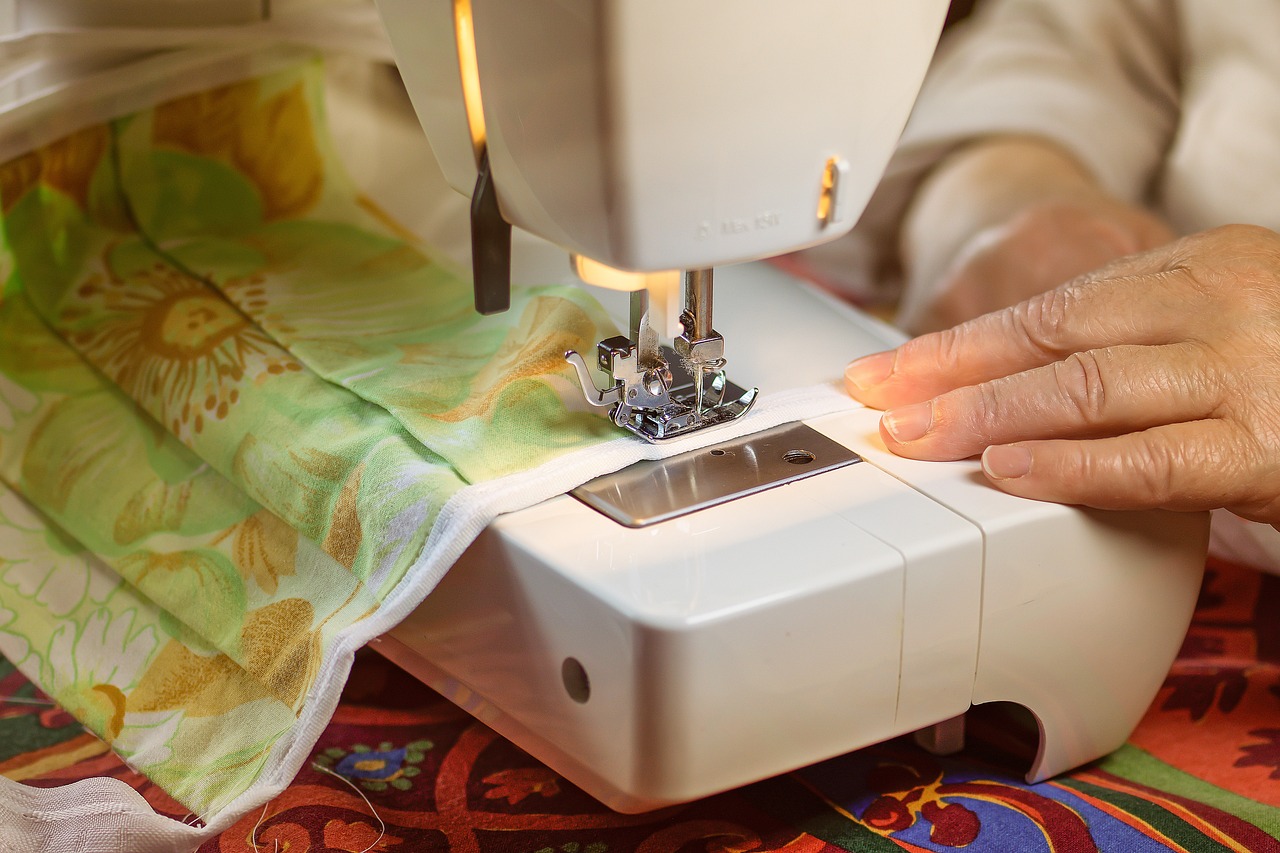
Investing in Quality Tools
When it comes to sewing, the tools you use can make a world of difference. Just like a painter needs quality brushes to create a masterpiece, a sewist requires reliable tools to bring their vision to life. Investing in quality tools not only enhances the sewing experience but also significantly impacts the final outcome of your projects. Imagine trying to sew a delicate fabric with a dull pair of scissors—frustrating, right? That's why it's essential to consider the tools you choose.
First off, let's talk about the basics. A good sewing machine is the heart of your sewing setup. It’s worth spending a bit more on a machine that offers a range of features, such as adjustable stitch lengths and built-in embroidery options. These features allow you to explore different techniques and styles, making your sewing journey more enjoyable and creative. Additionally, consider the importance of having a reliable iron. A quality iron can help you achieve crisp seams and professional-looking finishes, which are crucial for any garment.
Moreover, having the right cutting tools is vital. Invest in a pair of sharp fabric scissors, rotary cutters, and even a cutting mat. These tools can save you time and ensure accuracy in your cuts. You might be surprised at how much easier it is to sew when your fabric pieces are cut correctly!
Another aspect to consider is the importance of sewing notions. Items like pins, needles, and thread may seem small, but they play a significant role in your sewing projects. For instance, using the right type of needle for your fabric can prevent snags and ensure smooth stitching. Quality thread can also make a difference; cheap thread can break easily and lead to frustration. So, don’t skimp on these essentials!
Lastly, let’s not forget about the organizational tools. A well-organized sewing space can significantly boost your productivity. Consider investing in storage solutions like clear bins, drawer organizers, and pegboards to keep everything in its place. An organized space not only makes it easier to find what you need but also inspires creativity. When everything is tidy, you can focus more on the fun part—sewing!
In summary, investing in quality tools is an essential step in your sewing journey. Not only do they improve the sewing experience, but they also lead to better results. Remember, quality over quantity is the key. Opt for a few high-quality tools that you can rely on rather than a plethora of cheap options that might let you down. Your sewing projects deserve the best, and with the right tools, you’ll be well on your way to creating beautiful pieces that you can be proud of.

Organizing Your Sewing Space
When it comes to sewing, having a well-organized space can be a game changer. Imagine trying to bake a cake in a cluttered kitchen—it's not just frustrating, it can lead to mistakes and a less-than-perfect outcome. The same principle applies to sewing. A tidy and functional sewing area not only enhances your creativity but also boosts your efficiency. So, how do you transform your sewing space into an oasis of inspiration and productivity? Let's dive in!
First off, consider the layout of your sewing area. Ideally, your sewing machine should be easily accessible, with a clear workspace surrounding it. This means that your fabric, tools, and patterns should be within arm’s reach. Think of your sewing space as a mini command center where everything you need is organized and ready to go. You might want to use a large table or a dedicated sewing station that allows you to spread out your materials without feeling cramped.
Next, let’s talk about storage solutions. It’s essential to keep your tools and materials organized to avoid the dreaded "I can’t find my scissors!" panic. Here are some clever storage ideas:
- Clear bins: These are perfect for storing fabric scraps, threads, and notions. You can easily see what's inside, making it easier to find what you need.
- Drawer organizers: Use these to keep your sewing tools like scissors, pins, and measuring tapes neatly sorted.
- Wall-mounted shelves: These can help you maximize vertical space and keep frequently used items within easy reach.
Moreover, labeling your storage can save you time and frustration. Whether you choose to use a label maker or simply write on masking tape, clear labels ensure that everything has its place. This way, when you’re in the middle of a creative flow, you won’t have to stop and search for supplies.
Another critical aspect of organizing your sewing space is maintaining a clean environment. After each project, take a few minutes to tidy up. Put away leftover fabric, clean your sewing machine, and organize your tools. A clean workspace not only looks inviting but also helps you focus on your next project without distractions. Think of it like resetting your canvas before starting a new masterpiece!
Finally, don't forget to personalize your sewing area. Add a splash of color with some fun decor, or hang up inspiring quotes that motivate you. This is your creative space, and it should reflect your personality and style. A few plants or a cozy chair can make your sewing area feel more inviting, turning it into a place where you love to spend time.
In summary, an organized sewing space is essential for both productivity and creativity. By setting up a functional layout, utilizing effective storage solutions, maintaining cleanliness, and adding personal touches, you can create a sewing environment that inspires you to create beautiful projects. Remember, the more organized your space, the more enjoyable and successful your sewing experience will be!
Q: How can I maximize small sewing spaces?
A: Use vertical storage solutions, such as wall-mounted shelves and pegboards, to keep your tools accessible without taking up too much floor space. Folding tables can also provide extra workspace when needed.
Q: What should I do with leftover fabric scraps?
A: Consider organizing them by size or color in clear bins. You can also use scraps for small projects like patchwork or quilting, or donate them to local schools or crafting groups.
Q: How often should I clean my sewing machine?
A: It's a good practice to clean your sewing machine after every few projects or whenever you notice lint buildup. Regular maintenance will keep your machine running smoothly and extend its lifespan.
Frequently Asked Questions
- What are the essential tools I need to start sewing?
To kick off your sewing journey, you'll need a few basic tools. A reliable sewing machine, sharp scissors, measuring tape, pins, and a seam ripper are must-haves. Don't forget about fabric markers and a rotary cutter for precise cutting. Think of these tools as your trusty sidekicks on the adventure of sewing!
- How do I choose the right fabric for my project?
Choosing the right fabric is like picking the perfect ingredients for a recipe. Consider the type of garment you’re making and your skill level. For beginners, cotton is a fantastic choice since it’s easy to work with. If you're feeling adventurous, try something like linen or jersey, but remember, each fabric has its quirks!
- What are the differences between natural and synthetic fabrics?
Natural fabrics, like cotton and wool, are breathable and often more comfortable, while synthetic fabrics, such as polyester, are durable and resistant to wrinkles. Think of natural fabrics as cozy blankets and synthetics as your favorite durable jacket—both have their place in your sewing toolkit!
- How can I improve my sewing techniques?
Practice makes perfect! Start with basic stitches and gradually try more complex techniques as you gain confidence. Watching tutorials and joining sewing classes can also be incredibly helpful. It's like leveling up in a video game—each new skill unlocks more exciting projects!
- What should I consider when organizing my sewing space?
A well-organized sewing space can spark creativity! Ensure you have ample lighting, a comfortable chair, and easy access to your tools. Use storage bins for fabrics and threads, and keep your workspace clutter-free. Think of it as creating your own little sewing sanctuary!
- How do I maintain my sewing tools?
Just like any other tool, your sewing supplies need some TLC! Keep your scissors sharp, clean your sewing machine regularly, and store everything properly. A little maintenance goes a long way in ensuring your tools last and perform their best!
- Can I sew with a regular sewing machine?
Absolutely! A regular sewing machine is perfect for most sewing projects. Just make sure to use the right needle and settings for the fabric you’re working with. It’s like using a trusty old car—reliable and ready to take you on countless adventures!



















